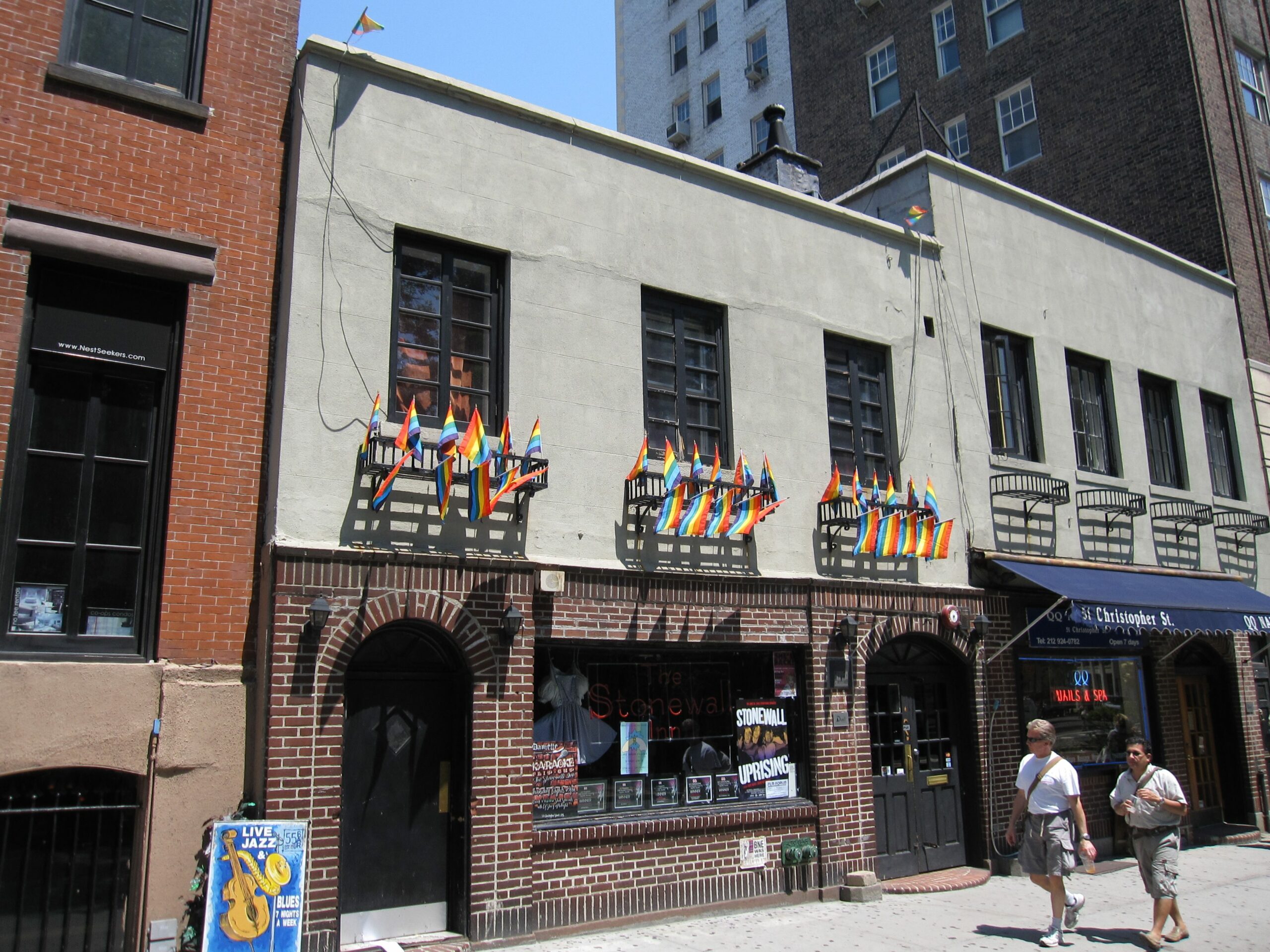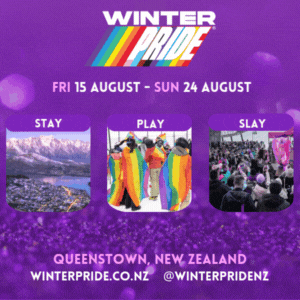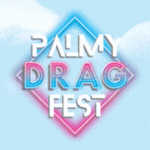Looking at the broad phases in the history of Auckland’s gay nightclub scene, there are interesting parallels with three of the most well-known events of 20th-century gay history.
From the 1940s to the 1990s in Aotearoa, there was a paradigm shift in attitudes to human sexuality. Also increasingly, change is argued in terms of objective/scientific reasons. In the post-WWII socio-political climate, the fledgling gay rights movement began to question why our love dare not speak its name.
Three huge catalysts for this developing concept of gay rights were the Kinsey Report, the UK Wolfenden legislation decriminalising consensual sex between adult men in private and, of course the Stonewall riots.
Kinsey published data supporting men having sex with men as part of the normal range of sexual practice, showing that far more men had same-sex encounters than ever thought.
Wolfenden became a cautionary tale. After the UK law changed, men having sex with men were subject to more restrictive requirements than others. The law was enforced harshly. In one case, men having sex in a private house were charged with breaking the Wolfenden law because the door to their room was shut but unlocked, and another person was home. An unlocked door did not meet the “in private” provision.
Stonewall was a catalyst of the American civil rights variety, where LGBT+ people bravely stood up to habitual Police harassment and violence.
In date order: scientific evidence led to fear of reaction by bigots, which led to proud visibility.
Hold on! This is about clubbing!
Like US speak-easies, the door was closed and entry was coded and secretive.
There is no causational link between Kinsey, Wolfenden and Stonewall and three distinct ‘generations’ of gay social venues in Auckland. However, there are parallels.
As Kinsey shocked attitudes to men having sex with men, so the original gay clubs represented a brave but socially isolated chance for gay men to meet other than at the beats. The emerging gay community started believing itself socially valid. Like Kinsey, science led where social and legal change trailed behind. 1960s and ‘70s venues like Backstage and the Aquarius Club were like the speak-easies New Zealand never had. Like US speak-easies, the door was closed and entry was coded and secretive. The entry looked like a back door into a back street, but inside there was a new social dynamic developing, where LGBT+ people could meet and socialise. Hooking up was, of course, a primary purpose but there was more than anyone could achieve in the furtive circumstances of cruising spots. However secretive, these clubs were places where a community ready to be visible and proud could form social ties.
Through Commonwealth, Britain led homosexual law reform, proving in the process that some change is not necessarily better than no change at all. Wolfenden showed that men legally having sex still had to watch over their shoulders.
Being gay was never illegal in Aotearoa: gay sex was the crime. Licensed, the clubs operated within the law.
Denis O’Brien and Stuart Buckley took over a gay club in Fort Street and renamed it the Staircase. This was the first example of a gay venue brand that went on, successfully, to relocate several times. While the Staircase was being refitted, Tony Katavich, the publisher of Out! Magazine (and other gay-themed businesses) opened Alfies, just around the corner from Staircase. The two contrasted: Staircase provided separate dance area and lounge bar (but not when men channelling the inner diva sang along with the pianist), whereas Alfies was more compact in its layout, and provided an artistic outlet for a company of transwomen and drag artists who put on large shows on a small stage. As the Alfies crowd trended younger, the entertainment diversified: young men were lured with prizes, and out of most of their clothes, to compete in the ancient sport of jelly wrestling.
Wolfenden re-educated gay men in caution and mistrust of authority. How does that apply to our nightclubs?
Both Staircase and Alfies were highly visible gay venues. They began before law reform, but being gay was never illegal in Aotearoa: gay sex was the crime. Licensed, the clubs operated within the law. If patrons broke the law in some quiet part of the venue, the management wasn’t implicated. The businesses, like Wolfenden’s law, were legitimate. But “in private”? Neither club operated on street level and routinely imposed an entry cover charge. These were not secretive places, but patrons travelled from a straight world up or down stairs, past a bouncer and the entry fee collector, before emerging in a gay fantasy world. This world existed entirely ‘in private’.
Stonewall is almost a sacred pivot point, or ‘coming of age’ for our community identity. The worm didn’t turn so much as metamorphose. After Wolfenden, anyone in the gay community with any sense of self-protection was cautious of heteronormative authorities. What did they think of us after Stonewall? Who cares? It took decades, but straight psychological issues weren’t gay problems. We were developing a sense of intrinsic worth, not as defective heterosexuals.
These businesses weren’t just legitimate, they were integral.
Stonewall rioted in June 1969, when New Zealand stuck behind the times. Today Aotearoa is a strand of fibre from the centre of humanity. Back then, direct communication was limited. It was more realistic sending media by ship. Being a kiwi just meant our ‘new’ was already old. The outpost continued for a long time, so Stonewall took time to filter into our collective conscience.
The attitude arising from Stonewall was that coming out was empowering. But it often resulted in discrimination and damage to personal relationships. Early activists paid a price for their courage. We let go of “how do we fit in” and suggested homophobes “get their opinions out of our lives”.
That became the subtle mantra for the last type of Auckland gay clubs. These businesses weren’t just legitimate, they were integral. Clubs and bars finally spilled onto the pavements. These venues are places like Peter Taylor’s Surrender Dorothy, and even more ‘out there’ with currently Family and Eagle Bar. Urge nearly belongs in this group, but along with a number of others, it doesn’t fit comfortably in one particular archetype, since it combined over-sexuality with socialising.
Time and attitudes move, as they should. Just as Kinsey, Wolfenden and Stonewall hold such wealth of our heritage, Backstage, the Alex, Staircase, Dots, the many spaces but one face of Shanghai Lil’s and many other places were our refuge, and then our small gay world, and more lately just a place proudly ours in a pluralistic city.























